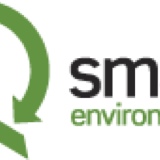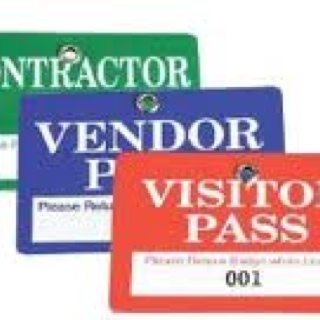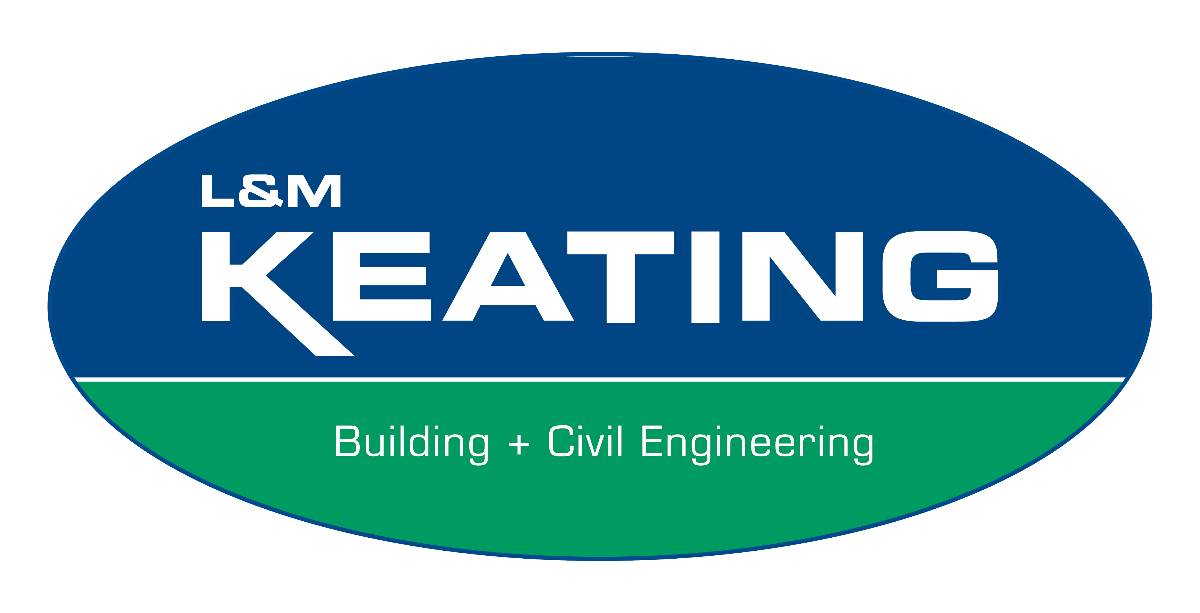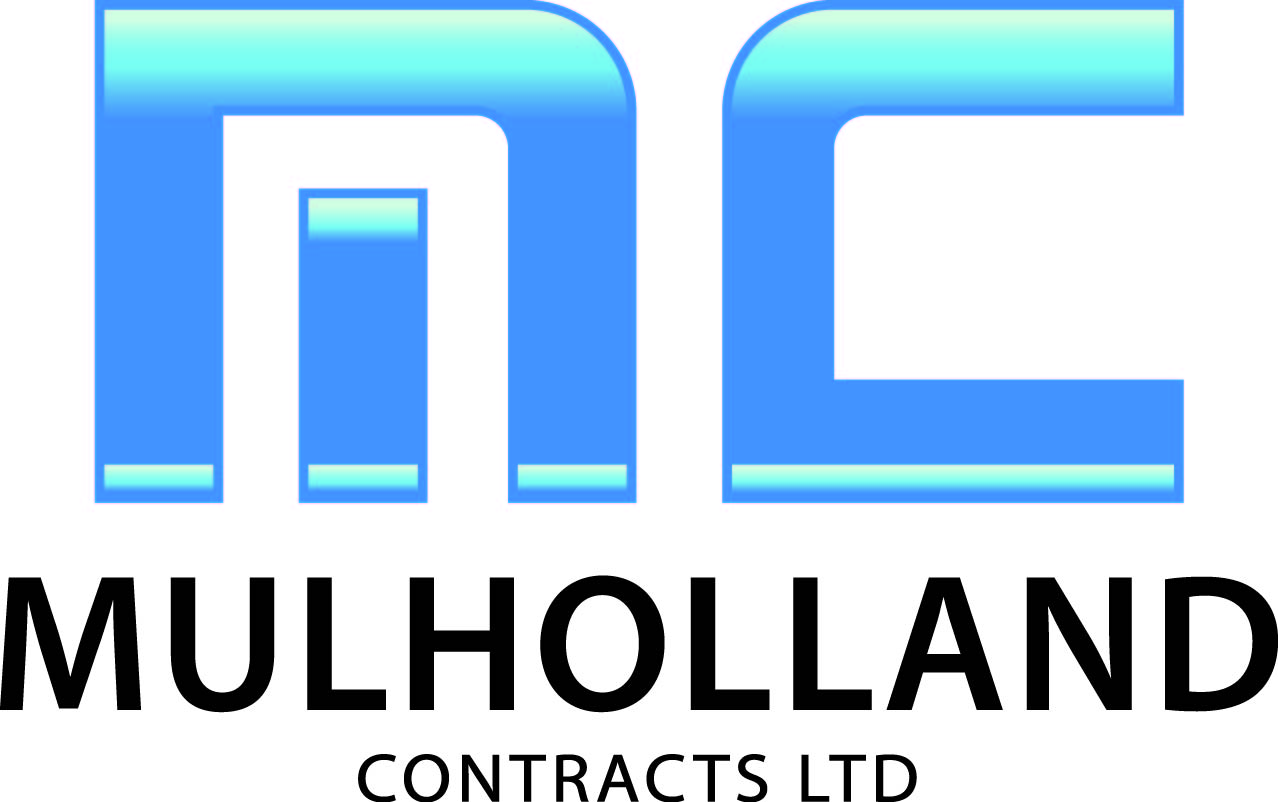Title Page
-
Site conducted
-
Conducted on
-
Prepared by
-
Location
FACILITY INSPECTION FOR HEALTH, SAFETY AND ENVIRONMENTAL COMPLIANCE
Section 1: Building Exterior
-
1. Are exterior fire escapes clear for exit?
-
2. Are exterior lights operational?
-
3. Are sidewalks even and unbroken?
Section 2: Medical and First Aid
-
1. Are first aid kits available and adequately stocked?
-
2. Are there first aid/CPR trained personnel available?
-
3. Are emergency eye washes available?
-
4. Are emergency showers available?
-
5. Are eye wash and first aid stations easily accessible?
-
6. Is any first aid equipment in poor condition or expired?
Section 3: Emergency Plans
-
1. Is there a company contingency plan for the facility?
-
2. Are employees familiar with the contingency plan?
-
3. Have emergency escape routes been designated and posted?
-
4. Are employees familiar with emergency alarms?
-
5. Are employees familiar with emergency procedures?
-
6. Are emergency telephone numbers posted?
-
7. Are designated muster stations marked?
Section 4: Fire Prevention
-
1. Is there an adequate number of fire extinguishers available in the office and shop areas?
-
2. Are fire extinguishers easily accessible?
-
3. Are fire extinguisher inspections up to date?
-
4. Is the fire system inspected annually?
-
6. Are fire exits unobstructed?
-
7. Are there containers designated for cigarette butts?
-
8. Are cigarette butt containers maintained and emptied regularly?
Section 5: Restroom/Eating Areas
-
1. Are floors clear of water, soap, and debris?
-
2. Are drains unclogged?
-
3. Are toilets working?
-
4. Is hot and cold running water available?
-
5. Are trash receptacles available and maintained?
-
6. Is the department of labor poster displayed?
-
7. Are eating and food storage areas clean and maintained?
-
8. Is last year’s OSHA 300 report posted?
-
9. Is there disinfectant spray or hand sanitizer available?
Section 6: Office Work Areas
-
1. Are desk and file cabinet drawers kept closed when not in use?
-
2. Are exits marked clearly?
-
3. Are file cabinets, bookcases, and shelves secured?
-
4. Are heavy objects stored on lower shelves?
-
5. Are all lights working?
-
6. Are floors clear of water, soap, and debris?
-
7. Are trash receptacles available and maintained?
Section 7: Warehouse/Shop Area
-
1. Are waste receptacles emptied regularly?
-
2. Are walkways clearly marked and at least 3 feet wide?
-
3. Are walkways free of trip hazards?
-
4. Are floors clear of oil and grease?
-
5. Are adequate “safety” warning signs posted?
-
6. Are chains and slings in good condition?
-
7. Do hooks have safety latches in place?
-
8. Are sling inspections up to date?
-
9. Do extension cords / air hoses create a trip hazard?
-
10. Are extension cords in good condition?
-
12. Are portable hand and power tools inspected before use?
-
13. Is defective or damaged equipment removed from service?
-
14. Is proper PPE worn?
-
15. Are bench grinders properly mounted?
-
16. Are guards in place on all grinders?
-
17. Are grinder wheels in good condition?
-
18. Are shop/work areas clean and free of debris?
-
19. Are there disinfectant spray or hand sanitizer available?
-
20. Is equipment / material stored in its proper location ?
Section 8: Hazard Communication Program
-
1. Is an inventory of hazardous chemicals conducted annually?
-
2. Are SDS's on hand for all chemicals used?
-
3. Are SDS's available to all employees?
-
4. Are chemical containers properly labeled?
-
5. Are chemical containers properly stored?
-
6. Is proper PPE available for employees working with chemicals
Section 9: Electrical Equipment
-
1. Is equipment that is de-energized but not locked out or tagged out treated as energized?
-
2. Are live electrical components de-energized prior to working on them?
-
3. Are safety signs in places that warn employees about electrical hazards?
-
4. Are qualified personnel only allowed to work on electrical equipment?
-
5. Are all electrical panel doors kept closed?
-
6. Are all electrical panels labelled properly?
-
7. Are all electrical panels kept clear for 3 feet ?
Section 10: Welding and Cutting Equipment
-
1. Are hoses checked for leaks and loose connections?
-
2. Are hoses free of oil and grease?
-
3. Do welders wear long sleeve cotton shirts?
-
4. Are goggles and face shields available?
-
5. Are gloves and leggings worn for welding jobs?
-
6. Do portable tinted screens/curtains surround the welding area?
-
7. Are fire extinguishers available in the welding area?
Section 11: Slip, Trip, and Fall Protection
-
1. Are floors in good condition
-
2. Are fixed stairways a minimum of 22 inches?
-
3. Are handrails firmly in place on all stairs?
-
4. Are stairways free of debris?
-
5. Are ladders in good condition?
-
6. Is only one person permitted on a latter at a time?
-
7. Is proper fall protection worn when working 6ft or higher?
-
8. Are walkways kept free of clutter/debris?
Section 12: Equipment Inspection
-
1. Are overhead cranes inspected each day before use?
-
2. Are forklifts inspected each day before use?
-
3. Are overhead cranes inspected yearly?
-
4. Are respirators inspected before use?
-
5. Do employees who wear respirators and are trained on their use?
-
6. Are fit test done for employees who wear respirators?
Section 13: PPE
-
1. Is appropriate PPE available to all employees?
-
2. Do employees wear the appropriate PPE for the job at hand?
-
3. Are employees trained in the use, care, donning and doffing of PPE?
-
4. Is fall protection available to employees working 6f or higher?
-
5. Is the harness and lanyard inspected quarterly and documented?
-
6. Are employees trained on fall protection?
-
7. Are face shields available for those grinding or doing hot work?
-
8. Are hardhats and ear plugs worn when needed for the job at hand?
OTHER ITEMS
-
PLEASE LIST ANY OTHER AT RISK ITEMS HERE














